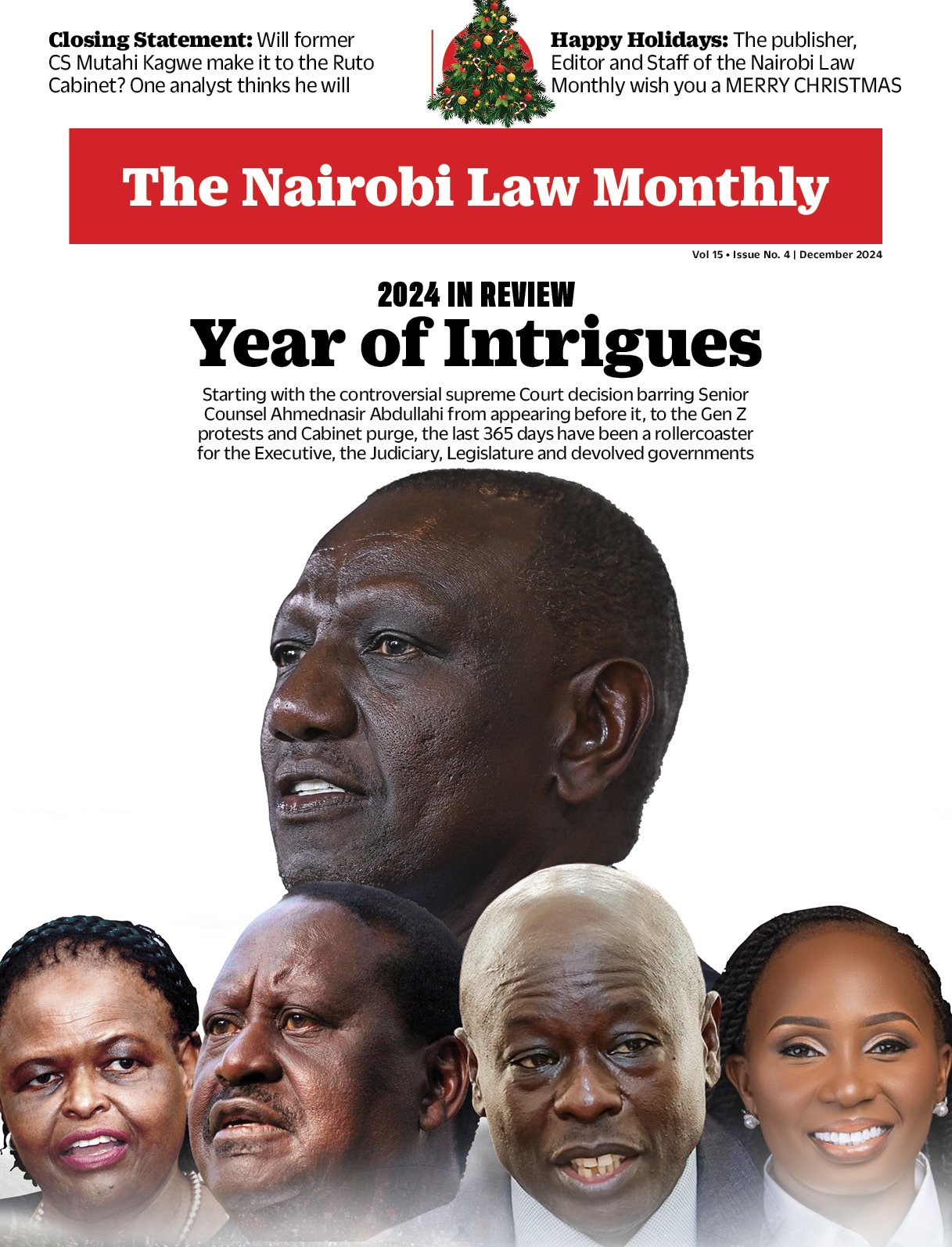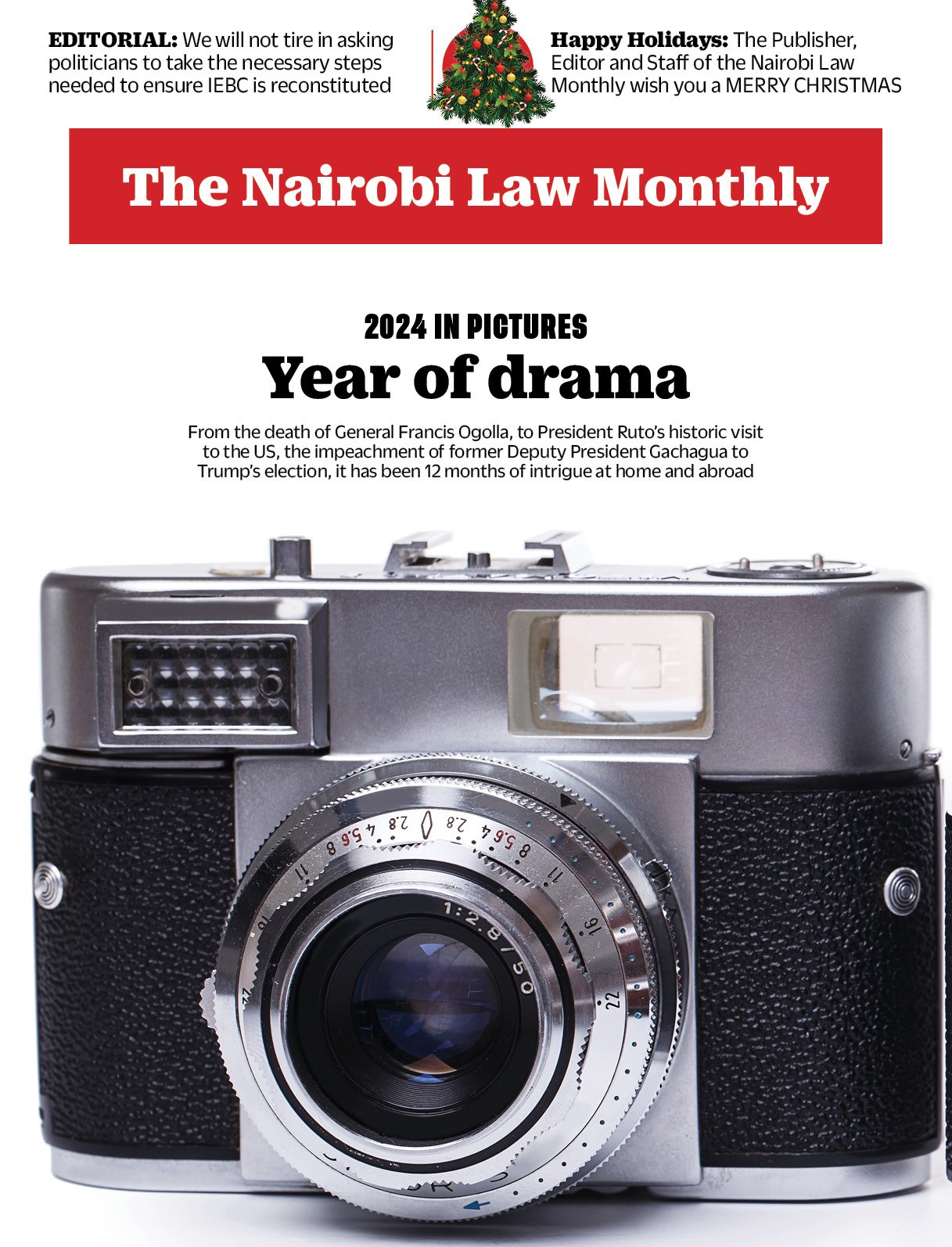Africa’s fashion industry is tapping an apparel market that will be worth US$69 billion in 2023, driven by a surge in women’s spending power, innovative design scene and production efficiency in textiles.
By Seth Onyango, bird story agency
Africa’s bright and dynamic fashion industry is finding itself if the spotlight, drawing increased attention to the opportunities offered by a US$69 billion apparel market.
Latest figures from data-gathering and market insights firm Statista show the continent’s apparel market growing by 4.9 per cent annually until 2027, with womenswear currently the largest segment, accounting for US$29 billion in 2023.
According to the Africa Development Bank, while still in its infancy, the continent’s fashion industry is in expansion mode.
“This is largely due to growing interest in Africa’s cultural traditions, including its vibrant hues and colourful fabrics, such as wax and printed dyed cotton, and the high quality of craftsmanship in African cultures,” it states in its Fashonomics report.
Some African countries have already established themselves as leading exporters of apparel, leveraging preferential trade agreements, low labour costs, and proximity to major markets.
Mauritius, Lesotho, Madagascar, and Ethiopia are some examples of countries that have a strong presence in the international apparel sector, employing hundreds of thousands of workers and generating millions of dollars in exports.
Besides these export-oriented countries, many other African nations have a strong domestic market for fashion products, driven by a growing middle class, urbanisation, and digitalisation.
Nigeria, Kenya, Ghana, South Africa, and Morocco are some examples of countries sporting a thriving local fashion scene, with talented designers, entrepreneurs, influencers and fashion-conscious consumers shaping the trends and tastes of African fashion.
The industry faces plenty of challenges, such as a lack of infrastructure, funding, and access to global markets, and yet African designers are making a mark on the international stage, showcasing collections in major fashion capitals like Paris, Milan, and New York, and with designers like Deola Sagoe dressed international artists like Rihanna and Solange Knowles.
A focus on sustainability and ethical practices is also a growing element of African fashion, thanks to an emphasis on the use of local materials, ethical labour practices, and traditional craftsmanship.
A youthful population and savvy use of digital platforms has seen African designers and influencers become essential voices in shaping global fashion tastes.
Many young producers and designers see e-commerce as a fast and efficient route to growth. According to African Business, under-35s, keen to change the fashion landscape of the continent, will drive change in buying and production.
Facebook and Instagram particularly, have become a hit with fashion designers who can now connect with a wider market across Africa ― to them, these platforms are the new runways.



